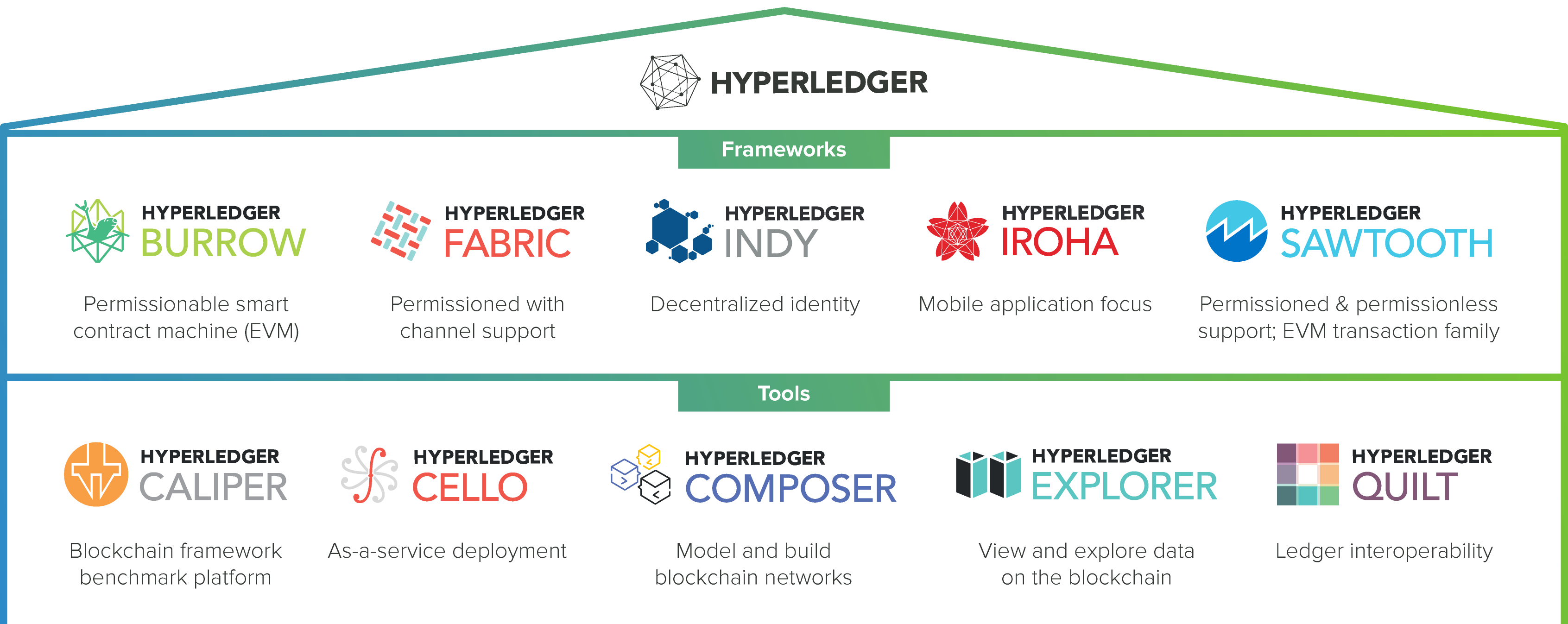You have learned about Hyperledger in one of my previous articles. Hyperledger is not a platform but it is an umbrella body that incubates and promotes business blockchain technologies.
The Hyperlegder projects, which is known as The Hyperledger Greenhouse consists of five projects, as follows:
- Hyperledger Fabric
- Hyperledger Sawtooth
- Hyperledger Burrow
- Hyperledger Iroha
- Hyperledger Indy
I shall introduce Hyperledger Fabric in this article.
Hyperlegder Fabric Key Features
Hyperledger Fabric is the first blockchain project developed and hosted by the Linux Foundation. It was initially contributed by Digital Asset and IBM, as a result of the first hackathon. According to the Linux Foundation , it was Intended as a foundation for developing DLT applications or solutions with a modular architecture.
Hyperledger Fabric is an open-source enterprise-grade
One special feature of Hyperledger Fabric is that it allows components, such as consensus and membership services, to be plug-and-play. Besides that, Hyperledger Fabric uses container technology to host smart contracts called chaincode that comprises the application logic of the system.
Channels are another unique feature of Hyperledger Fabric. They allow transactions to be private between two actors, while still being verified and committed to the blockchain.
Hyperledger Fabric Architecture
Hyperledger Fabric has a highly modular and configurable architecture. Therefore, enterprises can make use of its versatility to develop innovative business applications. Besides that, it can be used to optimize the applications. Indeed, Hyperledger Fabric is well suited to develop a broad range of industry use cases including banking, finance, insurance, healthcare, human resources, supply chain and even digital music delivery.
Like Ethereum, Hyperledger Fabric also features smart contracts. However, it does not use Solidity as the programming language to code smart contracts. Hyperledger Fabric smart contracts are written in general-purpose programming languages such as Java, Go and Node.js. This means that most enterprises already have the skill set needed to develop smart contracts, therefore no additional training to learn a new language is needed.
Unlike Ethereum and many other public
Consensus Protocol
One key difference between Hyperledger Fabric and other DLT platforms is its support for pluggable consensus protocols. It enables the platform to be more effectively customized to fit particular use cases and trust models.
For example, when Hyperledger Fabric is implemented within a single enterprise or operated by a trusted authority, fully Byzantine
Another significant difference between Hyperledger Fabric and other DLT platforms is that it can implement consensus protocols that do not require a native cryptocurrency. It means it neither need a cryptocurrency to
The combination of the aforementioned differentiating features makes Hyperledger Fabric one of the better performing DLT platforms available today both in terms of transaction processing and transaction confirmation latency. Besides that, it enables privacy and confidentiality of transactions and the smart contracts (
I shall discuss the Hyperledger Fabric architecture and





